Our Girl Kyndal
Wow! We are so proud to know this human being!
Funny, smart, and tough, she’s got it all!
Love you Kyndal!
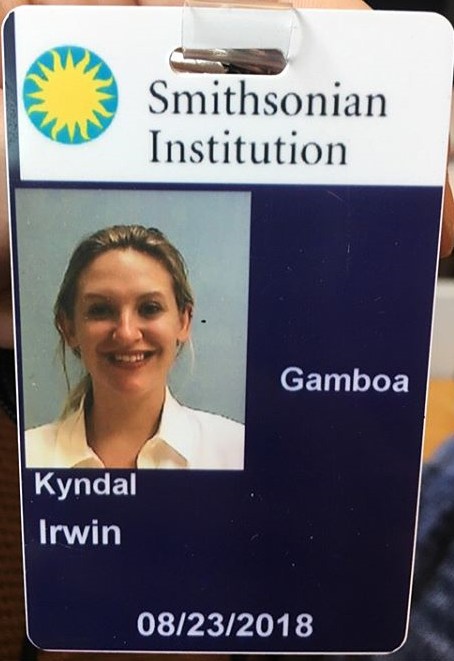
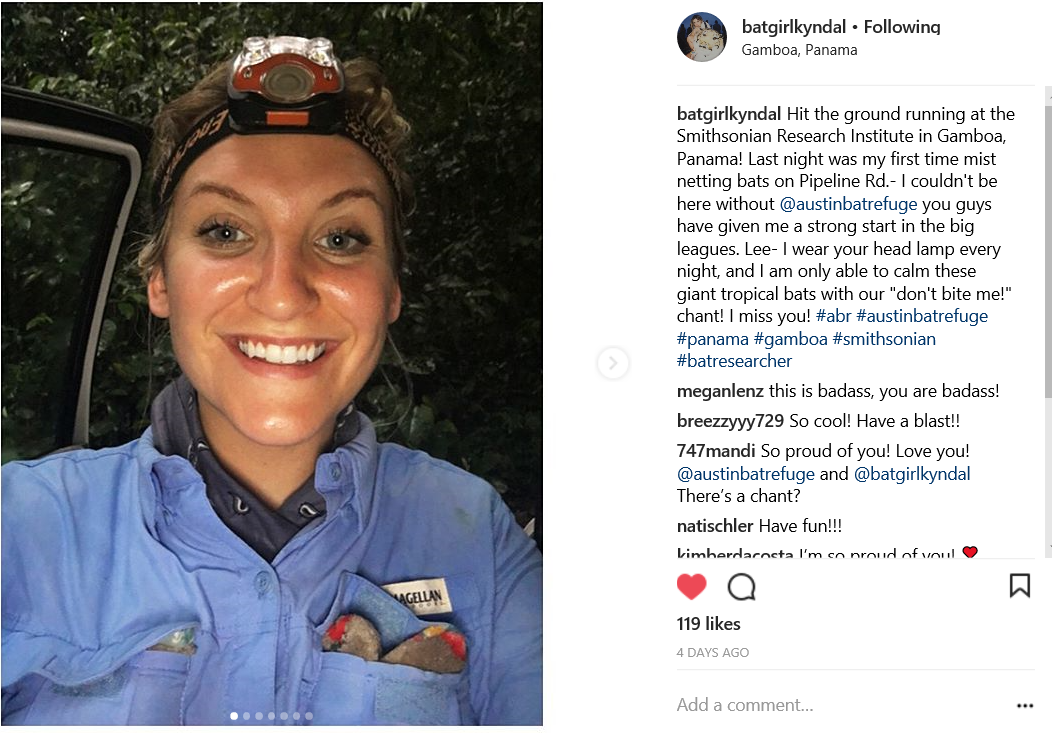
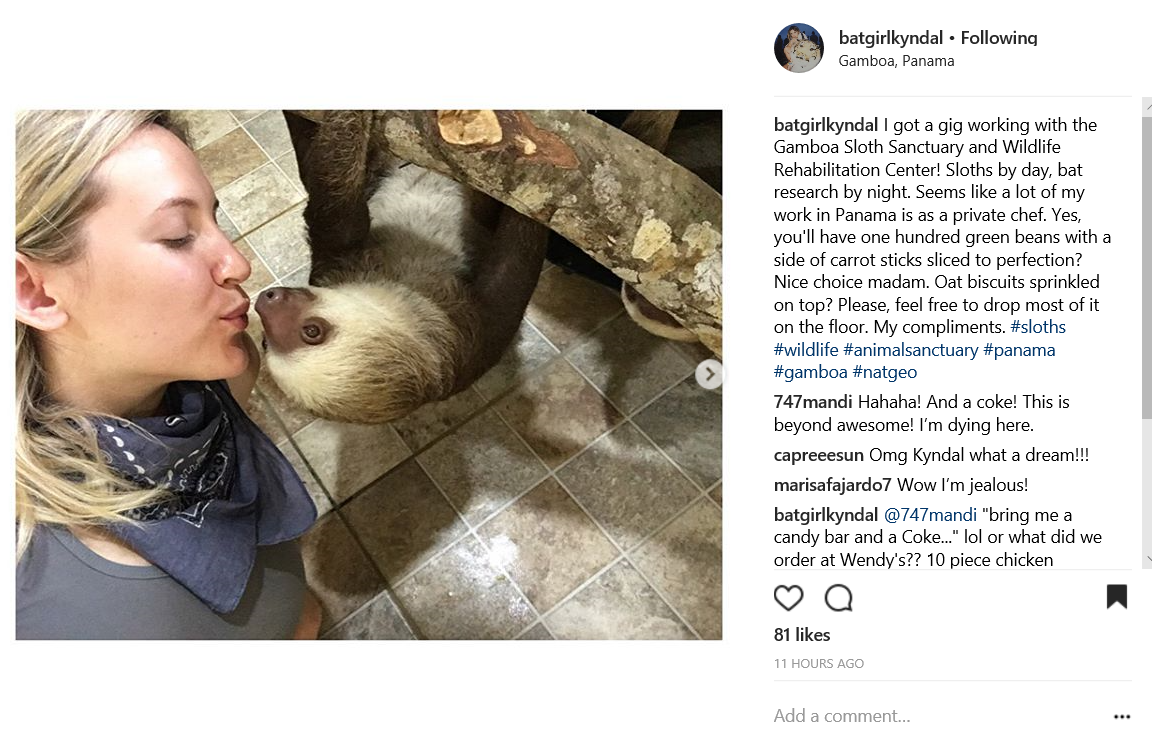
Wow! We are so proud to know this human being!
Funny, smart, and tough, she’s got it all!
Love you Kyndal!



We were contacted a few weeks ago by a German ecological consultant on sabbatical, who has been traveling the world for the last year or so. Starting six months ago she was in Patagonia, then in the Brazilian Pantanal, far upstream in the Amazon, and in Montreal, before volunteering with us for three weeks. An intrepid traveler, she has been camping in the jungles and couch-surfing the cities of the world before arriving at facility with an open mind and an open heart, sharing wonderful stories from her travels.
What a joy it was to get to know her! She is a true citizen of the world, and she filled us with hope for the future! As a global ambassador, her ability to share the wonder of the natural world did her country proud! Fluent in Portuguese, Spanish, French, and who knows how many other languages, her light shines brightly and we are so happy she came to stay with us for this short while!
Lisa Soehn, you are a spectacular human being! May that twinkle in your eye continue to spread to all you meet!
Love always from Texas!
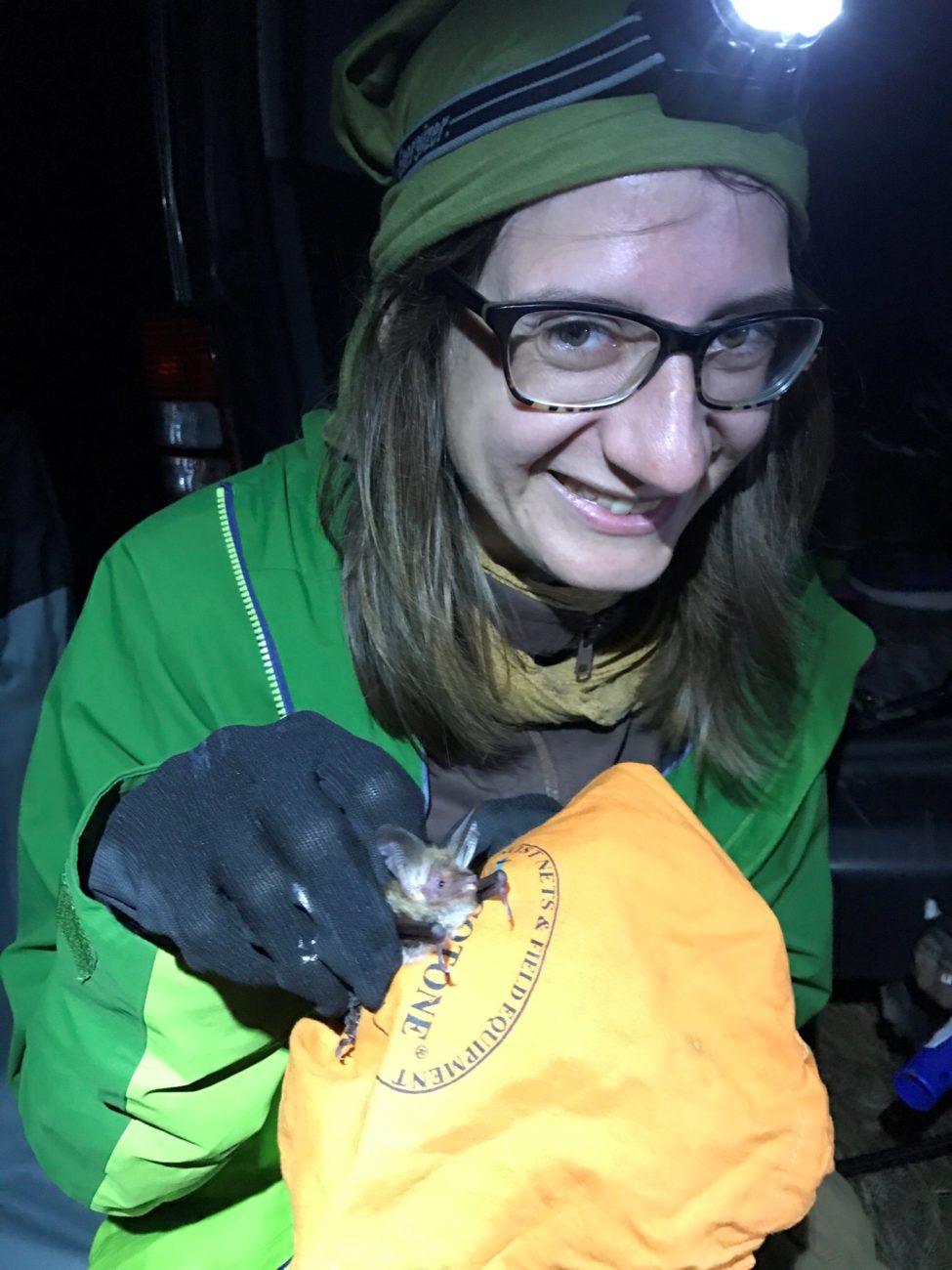


Hola from Costa Rica,
Just a quick recap, in case you have not read my previous blog posts! I am currently in Costa Rica using two Wildlife Acoustics SM4Bat full spectrum recorders to track bat presence and activity across the country over a ten-week period. My plan is to collect data here and, upon returning to the U.S., running the data through the Kaleidoscope Pro acoustic analysis program with auto-ID technology to try to determine what bats we find where.
This is the beginning of my seventh week in the country and my second week at Las Cruces Biological Station. Last week we conducted our research at the station. The week prior, we were in Manuel Antonio, a very popular tourist town on the coast known for its National Park and beautiful beaches. This week and the next we are visiting privately owned plots of land with forest fragments. I did very little research in Manuel Antonio because I did not feel comfortable leaving my recorders overnight unattended in such a heavily populated place. I can easily lock the recording box to the tree with a heavy-duty lock, but the microphone and cable attach to the outside and could be easily removed and stolen. So, always take care of your equipment, first and foremost. Because, if you lose your equipment, you lose your experiment.
I consider this blog a way to impart wisdom on future researchers and animal activists. I have learned a lot while traveling the country and visiting different research stations and locations. Please, do not take anything I say as complaining or badmouthing, I just want to share information and experiences. We have come across some quote unquote issues while being here that I wish I could have foreseen.
We are still in the field almost every day. I have 29 days left here before I return to the US to parse through my data and decipher the implications of what I have found. I am really excited and equally nervous to be responsible for going through ten weeks of data! On average, my recorders pick up 1,000 calls a night. But, in some locations, I have picked up as few as 3 calls to over 4,500 recordings in a night. At the sites where I can get 4+ consecutive nights of data, trends start to emerge. My ideal study design would be to have 10+ recorders spread across the country with extra extra large SD cards so they could be left for months at a time, showing temporal and spatial patterns of bat presence and activity. I have made some pretty interesting scatter plots of activity, just playing around with what I have so far. I will share what I am allowed when I can…later!
I want to end this blog on a positive note. As mentioned in my previous blogs, there is a girl doing research on the social implications of payment for ecosystem services (where people are paid by the government to not cut down the forest on their property, hence paying them for the services the remaining ecosystem provides). She has found that people in this area are much better informed of the benefits of having bats on their property and in their forests and on their farms. There is less fear and more excitement over bats. They see them as something necessary and without which, the forest would suffer. She reminds me people across the world do not all have the same information and associations we do about our flying friends. What we, as concerned and caring citizens of the world, need to do is have patience and understanding, spreading positive and informative narratives of bats. All it takes is conversation and interaction to change a mind and influence the future.
As always, feel free to contact me with questions or comments (ahall6@stedwards.edu).
Squeak squeak,
Amy
Greetings bat lovers,
This is my second foreign correspondence while I am doing research in Costa Rica (you can find my first blog post further back on this site). To refresh your memories, I am conducting acoustic surveys across Costa Rica using two Wildlife Acoustics SM4BAT Full-spectrum passive recorders to look into the impacts of land use on bat activity and species assemblage. My project is part of a larger NSF funded project led by Drs. Beck and Wasserman looking at the impacts of land-use on primates. My fellow interns are researching antibiotic resistance and hormone levels in primates (these guys get to follow monkeys around and collect fecal samples), water quality of streams entering/inside/leaving forest fragments, fig trees, air quality, and the social implications of eco-tourism. I am the bat lady. We arrived here January 2nd, and after about a week of gathering our equipment and setting up, we started data collection.
What have I learned in my first two weeks here?
1. The weather is the ruler of the quality of your data. Even though it is the ‘dry season’ here in the rainforest, it rains almost every day. Hopefully it will ease up soon because a lot of my recordings are static. Currently, we are at La Selva Biological Research Station. Fortunately, they have a list of over 70 confirmed bat species found in this reserve alone. I plan to compare the findings from the recordings to the list they have to see if we find anything interesting! I have not spent much time analyzing my data yet, as we spend most of our days in the field. While my data collects itself, I am a part of a team and I help the other members collect theirs.
2. Sleep and food are paramount. Field work is no joke and even though I work hard to get 8 hours of sleep a night, I always want more. Those of you comfy in your beds with no assigned time to wake up, I am jealous until mid-March. All of us have already lost weight and our pants are getting baggy even though we eat rice and beans almost every meal! I hope to be super fit by the time I get back to the US.
3. It is very important to get along with your teammates. We are going to be together for 10 weeks, every single day. I love my team and we are making amazing memories here in the jungle. I am excited to get to spend a few days off in Manuel Antonio, hanging out and laughing on the beach with a coconut in my hand! If we did not get along, this would be a very different experience.
4. I am very lucky to have such supportive friends, family, and colleagues. The constant encouragement from everyone makes being away from home very easy. That being said, this is a marathon, not a sprint! I have 8 weeks left and I know at some point all of us will need some TLC and a shoulder to cry on when we are just missing that comfort of home. But I love traveling and know I am fortunate to have such an amazing opportunity to conduct funded research in such a beautiful country on such awesome animals. We’ve done some really cool things: walked across Costa Rica’s second-longest bridge in Tirimbina, climbed a 46 meter high tower overlooking the forest canopy where I got to watch Howler monkeys and White-faced Capuchins flit through the trees just 50 feet away, gone on night hikes and seen Eyelash Vipers and Red-eyed tree frogs, and watched rivers double in depth overnight.
5. It’s all worth it for the bats! So far, I’ve seen Proboscis bats and Greater White-lined bats every day when I walk out of my cabin. I’m sure I will see more species as time goes on. But getting to see their little faces and watching them leave every night to feed is such a rewarding experience. Everyone I talk to is eager to learn all of the fun facts I can throw at them. Many people are surprised to find out not all bats are vampiric (actually less than 1% of the approximate 1200 species drink blood). Anything I can do to improve the understanding, empathy, and appreciation for these bats, I will!
In a couple of weeks the group and I will be leaving for Quepos/Manuel Antonio where we will be doing our research in the National Park and surrounding land. This is a neat tourist town where we will certainly encounter many people who may or may not be familiar with eco-tourism. While my research is going steadily and everyone I talk to is very, very interested in it, I have received disheartening news from the girl doing the social research. She is conducting surveys with as many people as she can, and she has found that many of her subjects have very negative views of bats. Hopefully I, you, and everyone who comes into contact with the Austin Bat Refuge can help change the stigma associated with bats over time to where they can be loved and appreciated for their insane evolutionary history, ecosystem services they provide, and their wonderful personalities.
As always, feel free to email me for any questions or comments (ahall6@stedwards.edu)
Tata for now
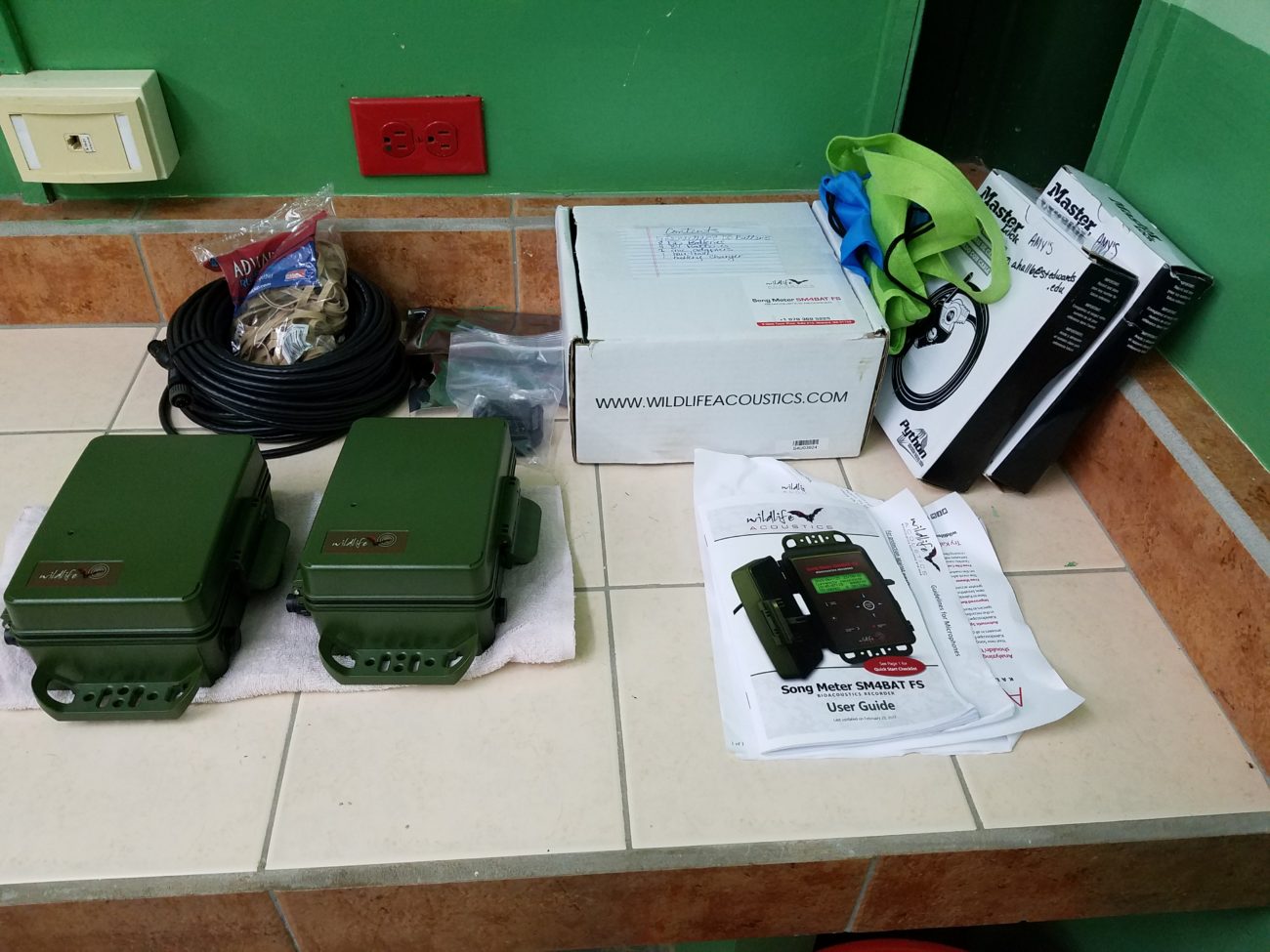
My Gear – Wildlife Acoustics SM4BAT Full-spectrum passive recorders
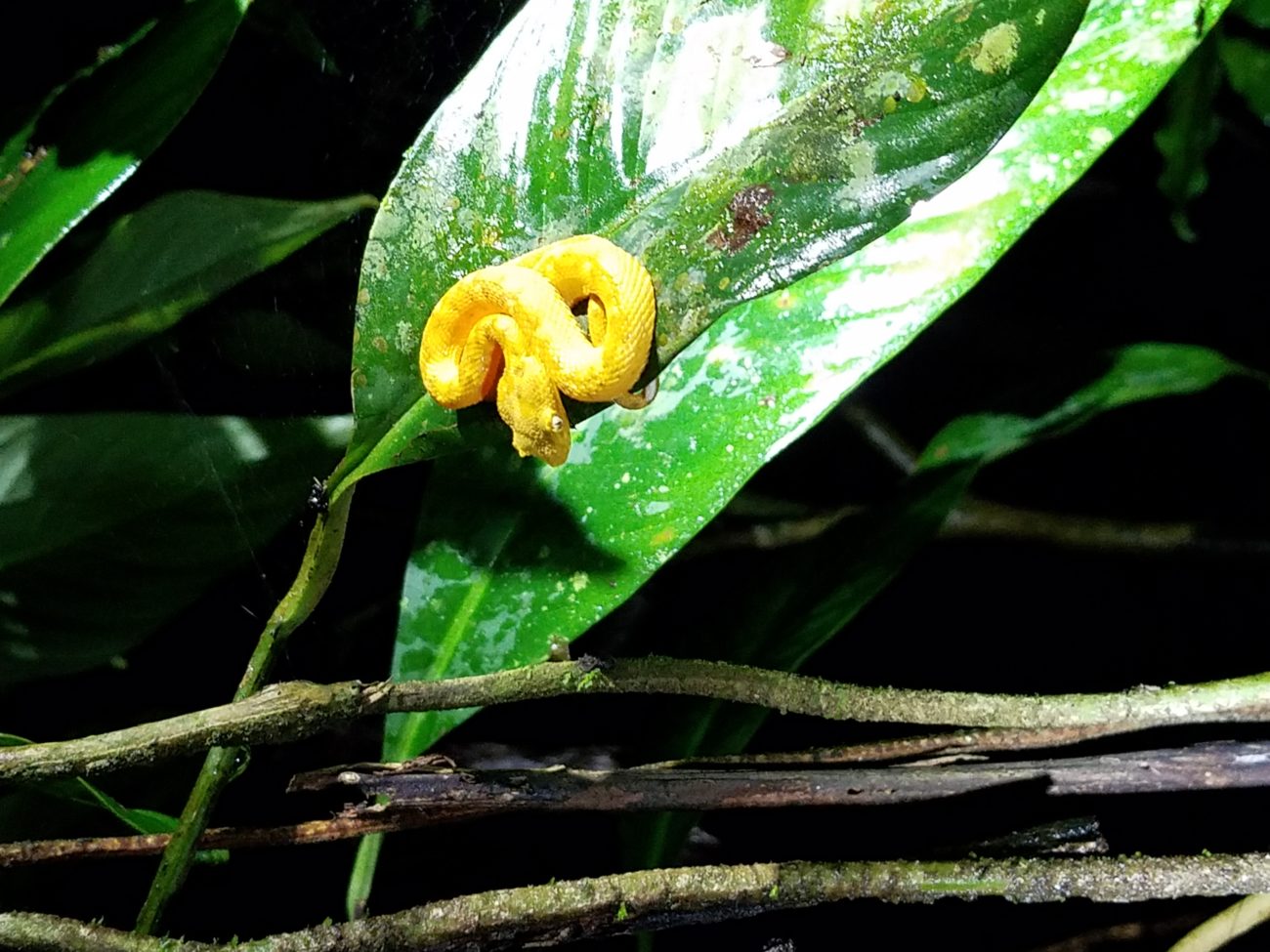
Eyelash Viper
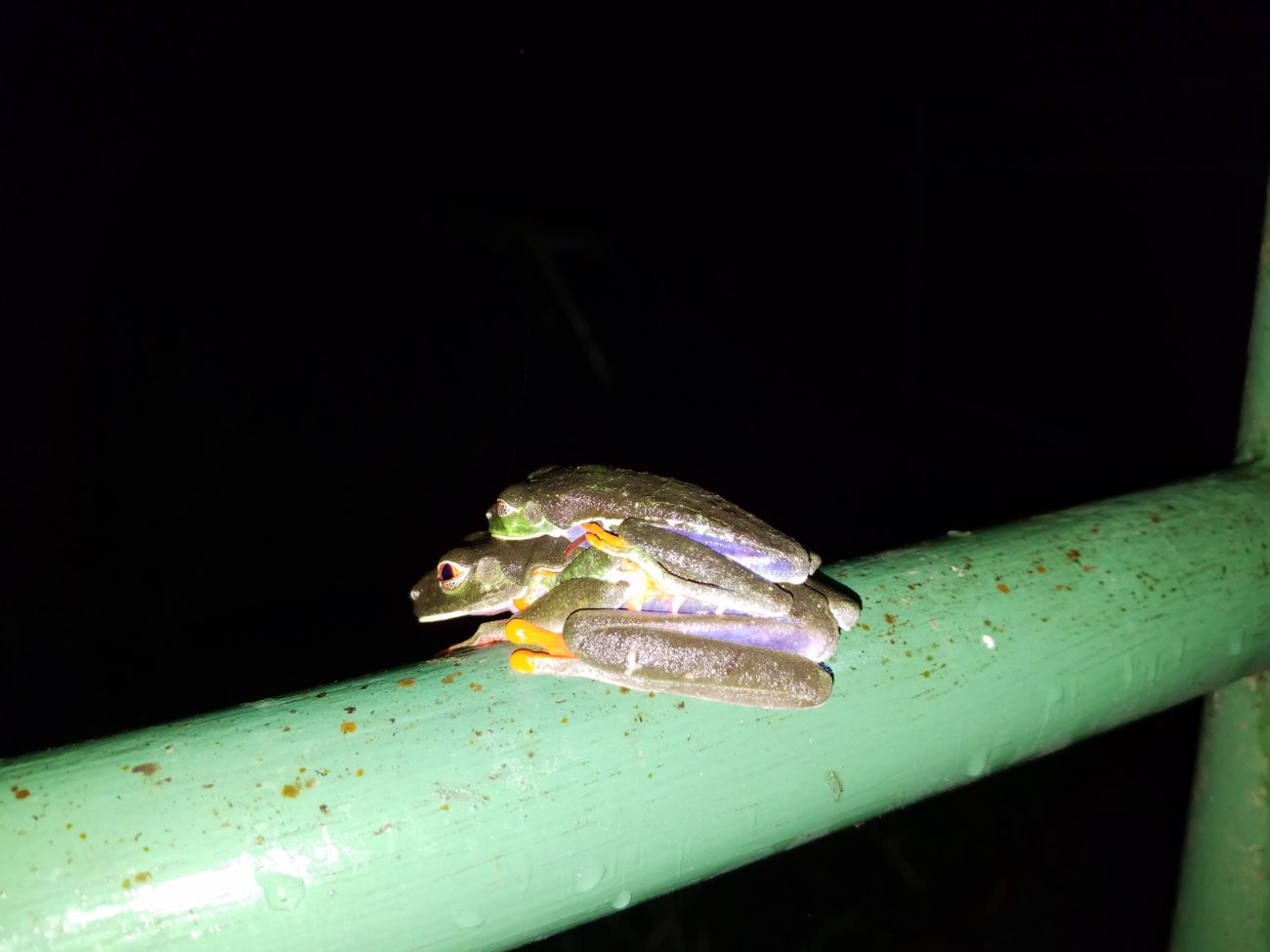
Red-eyed tree frogs
Greetings earthlings,
My name is Amy Hall and I have been a volunteer with Austin Bat Refuge for almost a year now. I’ve fallen in love with their little faces and personalities. But the time has come for me to leave the country temporarily. As part of my Professional of Science Master’s in Environmental Management and Sustainability program, my last semester is a project-based internship of our choosing. A series of opportunities has led me to my project. Like Lee and Dianne said in their introductory post, I will be spending 10 weeks trekking across Costa Rica creating acoustic profiles of bats in areas of different land-use. I will be deploying full-spectrum Wildlife Acoustics Song Meter SM4 Recorders and using Kaleidoscope Pro to hopefully collect as much high quality data as possible, parse through it, and see what species or frequency guilds they can detect.
I will be with 4 or 5 other interns who are working on their own projects; from social research to water quality to primate behavior. All of our research is funded by the National Science Foundation.
I will be uploading blog post and picture updates probably once every week or two, depending on how busy I am and how good the internet connection is. Feel free to email me with questions (ahall6@stedwards.edu). While I am there I will not have any service except for Wifi when I am at the stations. So responses will likely lag.
I’m excited to share my experiences with you guys!
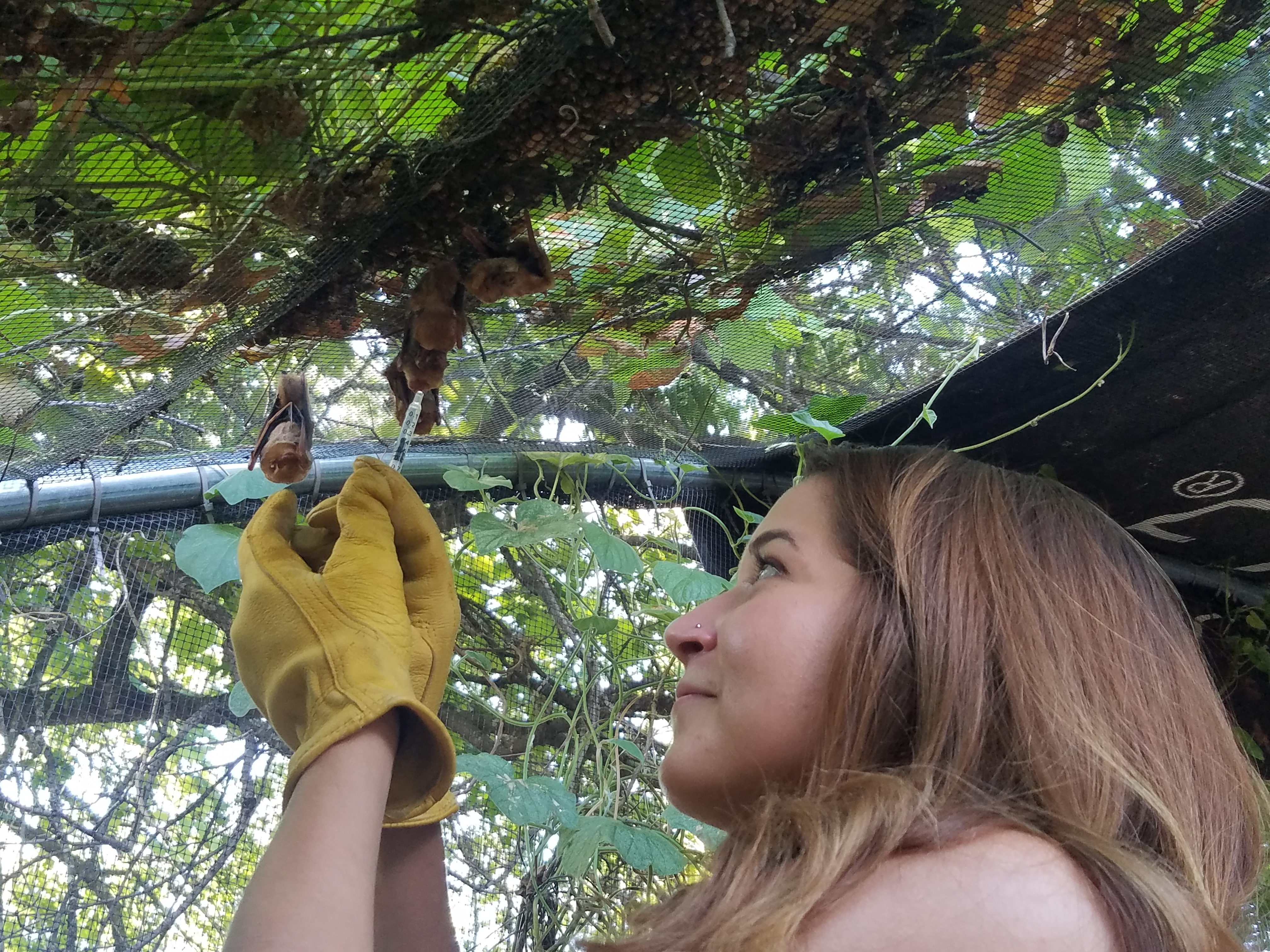
Our wonderful friend/intern/volunteer Amy Hall, is heading off to Costa Rica for three months of bat research!
She is working with Dr. Peter Beck from St. Edward’s University and Dr. Michael Wasserman from Indiana University, and her project will use acoustic sampling to determine presence/absence of bat species in various types of habitats around the country.
She will deploy Wildlife Acoustics SM4 (Song Meter) bat detectors and analyze the data using Kaleidoscope tropical acoustic call libraries.
We are so excited for her!
Please join us in wishing Amy all the best and follow her updates when internet connections become available.
What fun to have Sara come and visit our flight cage! Sara is from Tokyo and studying abroad at the University of Buffalo School of Architecture and Planning in Buffalo, NY. She is writing a book on Architecture for Animals and came by our facility after visiting the Bat Tower in Comfort, TX.
We so enjoyed her visit! And we want to be first to purchase her new book on its way to the Bestseller List!
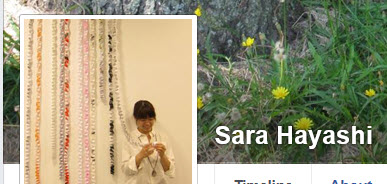
Here is Sara taking notes in our flight cage. What a beautiful language!
We are so grateful that she translated this for us! The first word in the second line is “bat” in Japanese. Sounds like “Comoro”?
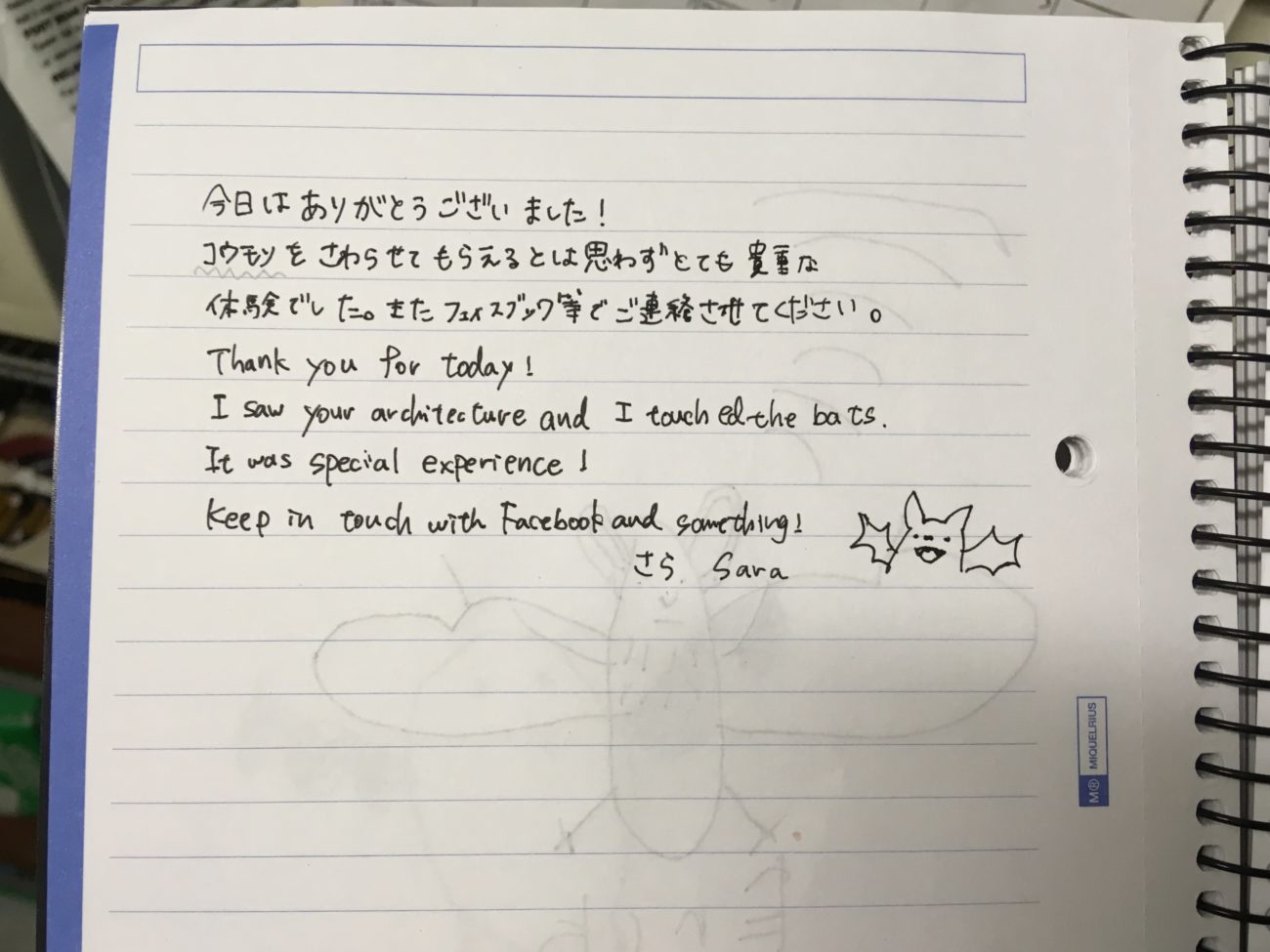
Thank you for the visit, Sara! All the best to you! We look forward to following your career!
Looking back on this adventure from 23Jan2016. What an amazing experience to get to go all the way back into Bracken Cave.
The view from the floor of the maternity dome up to the ceiling is like being in a cathedral! Home to the largest aggregation of mammals on the planet in summer months, on this cold winter day we saw only a single bat flying through the dim light from the mine shaft.
Thanks so much Fran for letting us participate!
Resistivity testing at Bracken Bat Cave. Using electrical implulses to find the deepest guano deposits. Old testing had depth of 36 meters, now with longer infinity cable, preliminary results showed guano depth of over 45 meters! Core sampling at these depths would give us 10,000 year old DNA of bats, their insect prey, and even grains of pollen from the plants the insects were eating!

Down into the cave!

Preparing the cables and electrodes

View from inside with cable leading up toward the entrance

Planting electrodes with hopes of finding yet undiscovered extensions to the cave

Do NOT step on that cable!

End of the infinity line

Cable looped across the cave floor – electrodes every two feet

Once quality controlled, results could show the best location for core sampling; the deepest, most undisturbed guano layers
